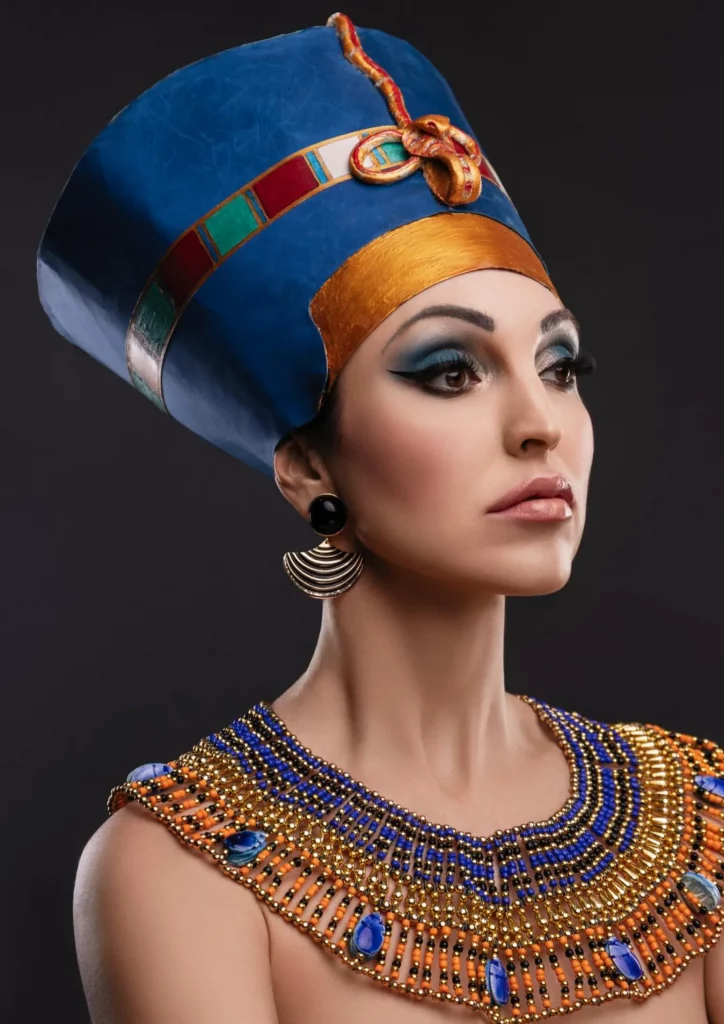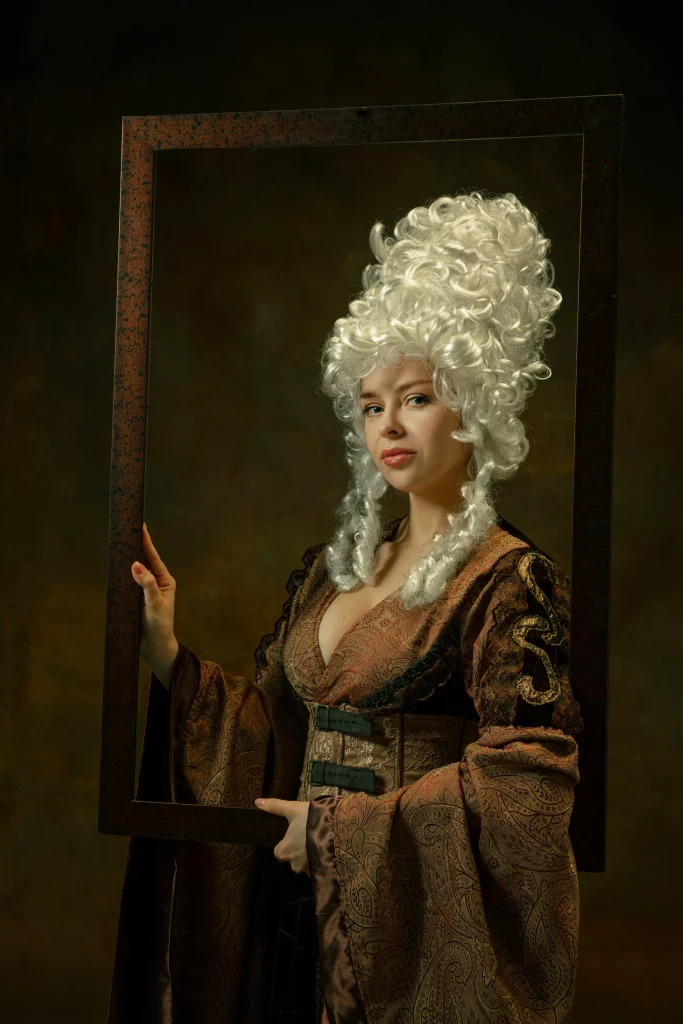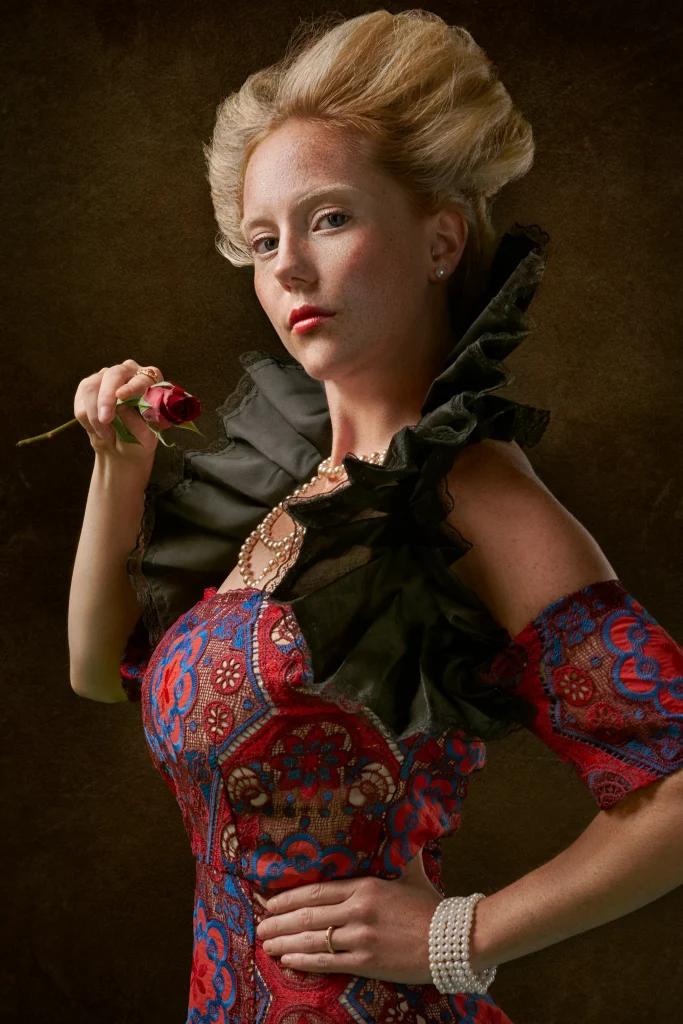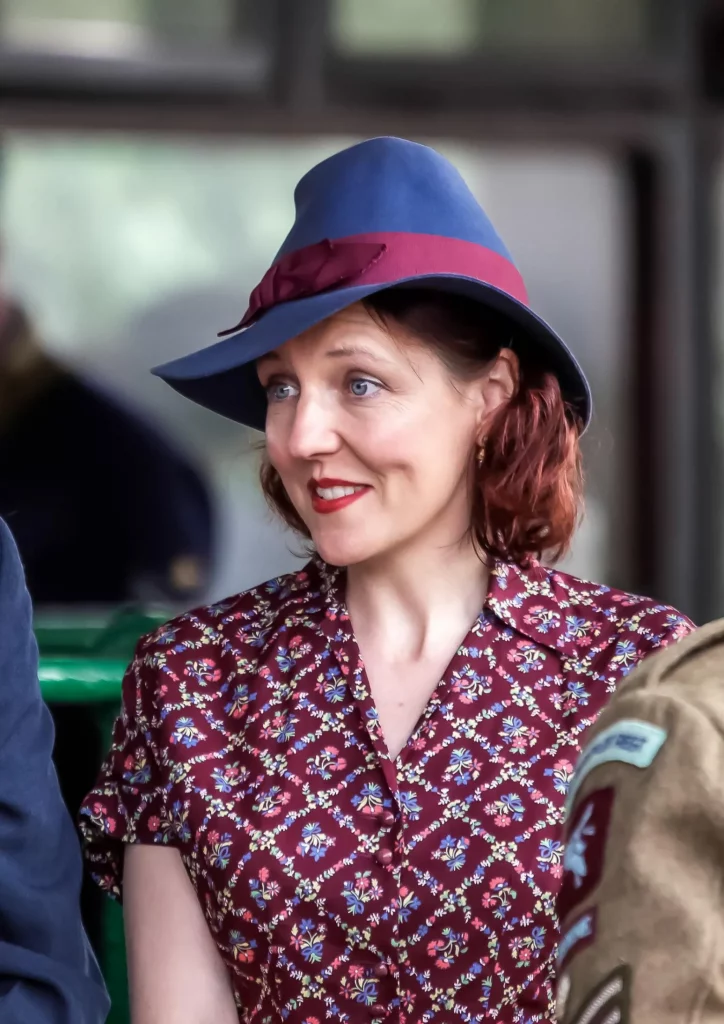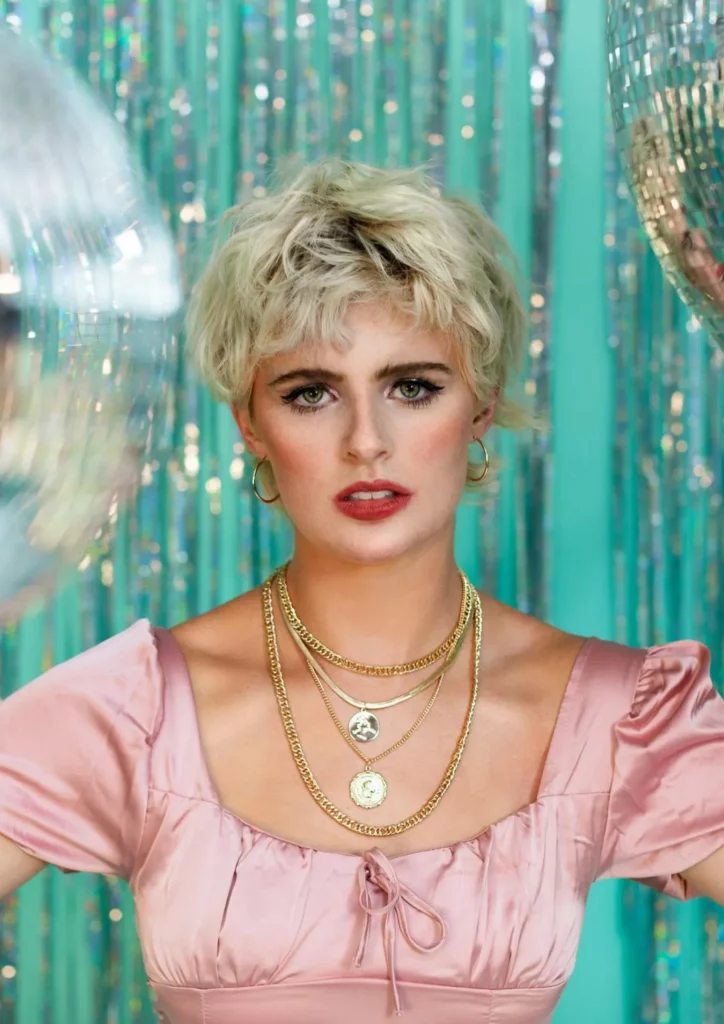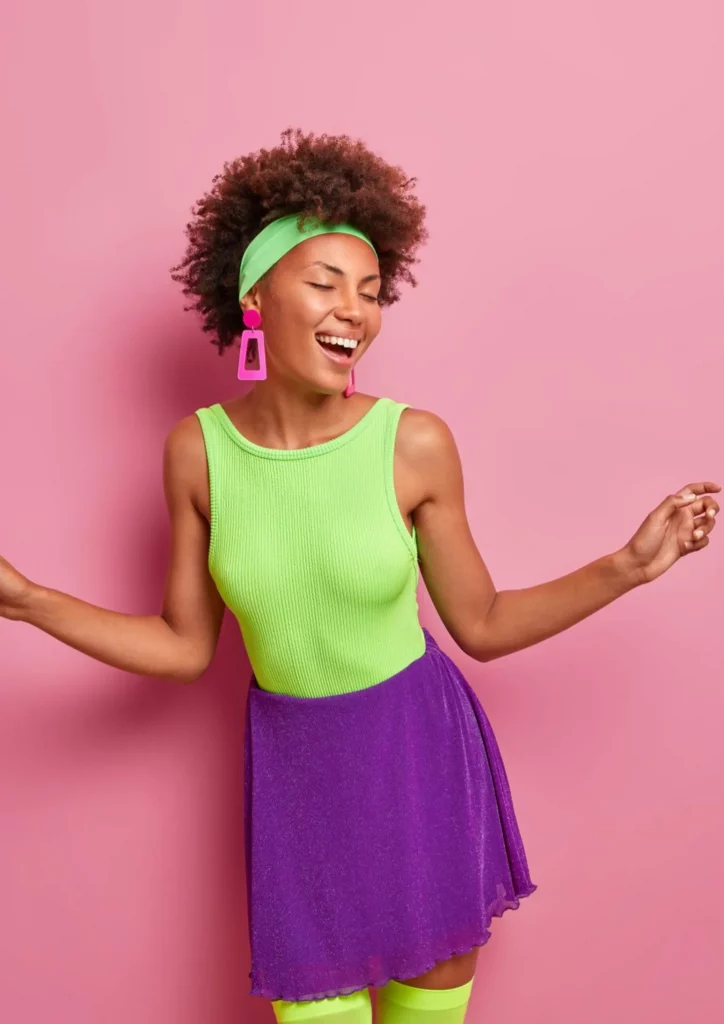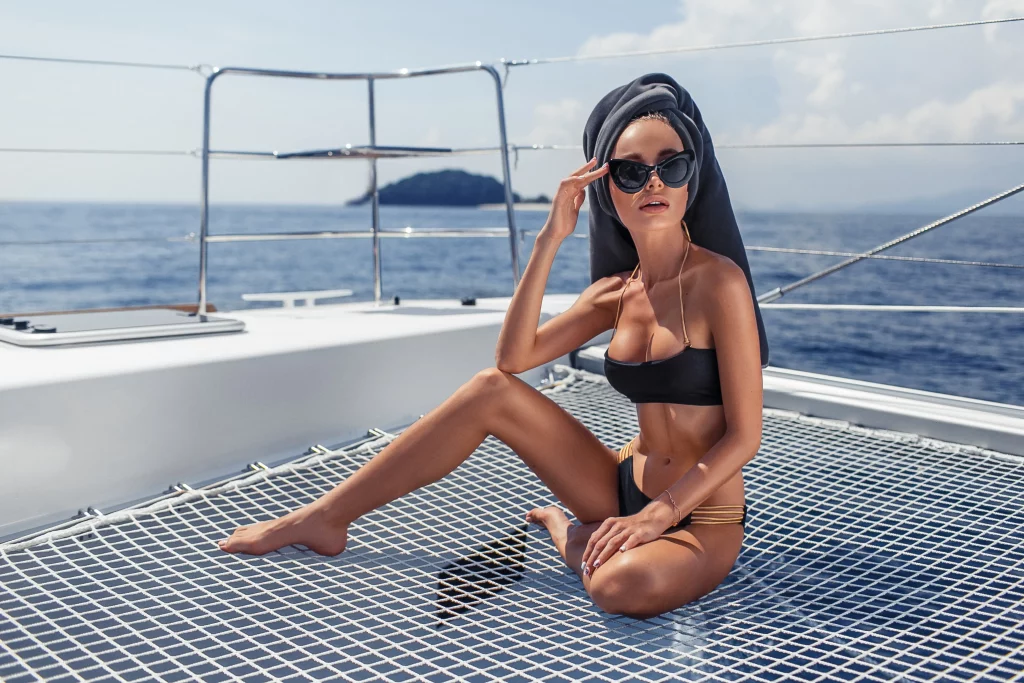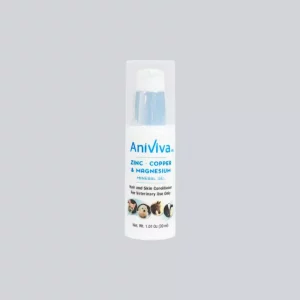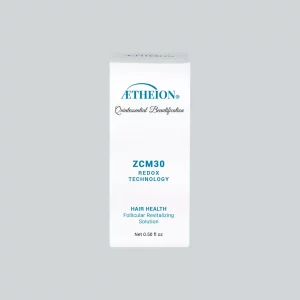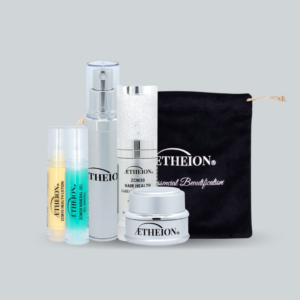No products in the cart.
11 Beauty Standards Throughout History
Beauty is extremely hard to define; it can mean very different things depending on who you ask. It is hard to pinpoint an exact ideal of beauty today. However, this wasn’t always the case. Beauty, for centuries, has been very strict in its ideals. Let’s take a look at a few of the beauty standards throughout history.
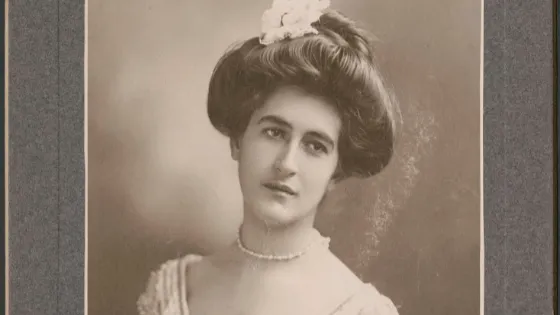
Beauty Standards Throughout History – The Original Trendsetters
Ancient Greek Beauty Standards
They were considered to be timeless and very strict. These beauty standards would set the trend for beauty ideals hundreds of years after it was created. Women were called korai and portrayed as tall, slender, reserved, and serene-looking women.
Praxiteles even stated that his Aphrodite sculpture should show her off as a “shining statue of gold… Her color should be white mingled with red, like beautiful roses.” The ideal Greek woman was said to have had a “slim body, small breasts, broad shoulders and hips, thin waist.” This is hugely different from the standard views of beauty today.
Ancient Egyptian Beauty Standards
The ancient Egyptians were known to desire women with full hips and ample bosoms. This was because men thought they would be less likely to get into conflicts while pregnant. They also preferred women who were “plump and fleshy” for the same reason. The Ancient Egyptians also greatly valued full lips, lashes that curled to resemble an ox’s eye, and dark black irises. Historians can trace our use of cosmetics back to the ancient Egyptians, who used kohl to create dramatic smokey eyes. So many beauty practices can be traced back to this era.
Rosewater was extremely popular in skincare and is still used today in most cleansers and toners. This is because rose water has been proven to reduce wrinkles and tighten pores; it also smells incredible! The Egyptians used a red ocher paste to tint their lips and cheeks, burnt almonds to color their brows, and saffron as an eye shadow. Typically, every woman had her makeup box with these ingredients inside and would use them daily.
The Egyptians also used copper extensively for their skin. It is said that they even used it to line their coffins so that their bodies would not rot. The benefits of copper on the skin are many, one of them being that it can help heal wounds and scars. Copper is also known to have anti-aging properties.
Middle-age Beauty Standards
Middle-age beauty idealized the juxtaposition between virility and frailty. Men preferred women who were full-figured rather than stick-thin. Middle-aged women also prided themselves on their modesty; they wore veils to cover their hair, necklines that covered well past the collarbone, and dresses with long sleeves. They would wear light colors to show their piety.
The Middles Ages weren’t exactly known for their beauty standard. Beauty, and self-care, in general, were often neglected due to harsh living conditions and strict religious morals. The early Middle Age was dominated by the Christian faith. Using makeup and hygiene was almost unthinkable, relating beauty with danger and sin. This was largely due to the story of Adam and Eve, where Eve was considered a promiscuous woman for expressing her feminine energy.
By the 12th century, cosmetics became widespread in medieval Europe. Apocatharies and doctors were responsible for distributing beauty products. Herbal remedies were used to make potions and ointments for achieving fair skin. Also, heat water over a fire and hold the stone until it sweats. Use the sweat mixed with water and wash the face. Gemstone remedies also grew in popularity by heating or cooling the gems and applying them directly to the skin to remove blemishes.
Victorian era beauty standards
The Victorian era was all about having the perfect appearance. Women were expected to be petite, fragile, and, most importantly, pure. Anything that could be considered sensual or sexual was considered taboo. For example, women were encouraged to hold their fainting spells to avoid ruining their delicate figures.
For a woman to be successful in Victorian society, she had to adhere to extremely strict beauty standards. Pale skin was considered beautiful, while sun exposure could lead to permanent damage and ruddiness. Furthermore, women were expected to avoid too much physical activity to prevent bloating. Curves were adored, while an “hourglass figure,” which resembled a wasp waist, was considered the epitome of beauty.
For Victorian women, corsets became an absolute must for achieving the ideal figure. Corsets created a tiny waist and large hips by severely constricting breathing and constricting organs to achieve maximum growth. Moreover, women had to regularly apply whitening lotions to remove freckles or any other sign of imperfection. Otherwise, they would be insulted by their suitors.
1950s Beauty Standards
The 50s beauty standards were primarily focused on larger-than-life glamour. Women would use large amounts of hairspray and bleach their hair to look like Marilyn Monroe. If you notice, her natural color looks quite dark, but since she always paled it for shoots, no one—not even herself—really knew what her “real” hair looked like. The iconic hourglass figure was also extremely popular, with most women using girdles to achieve that waist-to-hip ratio.
The 1950s were a time of changing beauty standards. Although large breasts were still considered beautiful, the ideal image of “the girl next door” became more prominent. Women started to wear more practical clothing, including pantsuits and pants. Some women even refused to wear bras, considering them too restrictive or uncomfortable.
1960s Beauty Standards
The 60s were a time of breaking boundaries and allowing women to take control of their lives. The idea “if you've got it, flaunt it” became popular among women. It became more common for women to wear pants, shorter skirts, and even see-through blouses.
Strawberry blonde hair was famous in the 1960s, particularly among Hollywood stars like Brigitte Bardot. Push-up bras were also extremely popular during this period. This encouraged women to push up their breasts, so they would resemble the size of the breasts of movie stars. Like Marilyn Monroe, women would go to extreme lengths to achieve that perfect blonde hair. They bleached their hair several times until it was bright enough, and then they used pink shampoo to maintain the color longer.
“Big is better” also became a popular phrase during this time. This idea was illustrated by the rise in popularity of larger breasts. Women would wear push-up bras and never leave the house without a girdle to show off their curvy figures.
1970s Beauty Standards
The 70s were a time when hippie culture was popular, impacting many women's views on beauty. Many women started to wear their hair naturally – without having to bleach or dye it.
Body image was also less critical during this time, and women felt free to wear clothing that wasn't made for them. Men's pants became more popular in the feminist movement, while some men started wearing makeup as well, including body glitter and lipstick.
1980s Beauty Standards
The 80s were the time of big business and excess. Keeping up with trends was extremely significant; women got breast implants to achieve bigger breasts.
Over 1000 movies about plastic surgery have been produced since the 1980s, showing how critical this issue was for women. In the 80s, big shoulders, big hair, tight pants, and bright colors dominated the fashion scene. This image was accentuated by popular stars like Madonna.
Women could wear whatever they wanted in the 1980s, including crop tops and stilettos. Women would also dye their hair crazy colors like hot pink, blue, or green to keep up with the latest trends. In those years, women's fashion was primarily based on revealing as much as possible.
1990s Beauty Standards
The concept of beauty changed drastically during the 1990s. The focus was no longer on achieving an idealized state of perfection but instead on individuality and self-confidence.
This was the first time trends like tattoos, piercings, and multiple earrings became popular for women. For the first time, as well, bald women became trendy. The "waif" look – emphasized by extremely thin models such as Kate Moss – started to be considered beautiful. In the 90s, women started to wear more masculine clothing. They wore pantsuits, ties, and other items typically worn by men.
2000s Beauty Standards
The 2000s are very interesting because they present a combination of the two images presented in the 1990s. Women were no longer striving for thinness or flaunting their body parts; instead, they focused on how they could use their bodies to express themselves.
Celebrities became highly influential in the 2000s, so many people started getting plastic surgery to look like them. The era of “monsters refers” began with female celebrities who were successful both financially and sexually.
The Present
Nowadays, women's beauty standards are constantly changing. Women can wear whatever they want, dye their hair in crazy colors, and get multiple tattoos if inspired by celebrities like Rihanna or Angelina Jolie. There is no longer an “ideal” body shape; women feel free to embrace their bodies.
Nowadays, women are no longer pressured to change their appearance because of beauty standards. Many people believe that today's media does not place enough emphasis on female appearance; however, this doesn't mean that the industry has stopped pressuring women to look like certain celebrities. On the one hand, it is wonderful that the female body is not constantly monitored by the media, but on the other hand, society still pressures women to look a certain way.
As soon as one beauty standard disappears, another appears in its place. No matter how much progress the world makes towards empowering women, there will always be new beauty standards that they are pressured to follow. Indeed, Western culture has established a way to deal with this: women are encouraged to remain within the “norm,” but they should not feel limited by it.
It is more than just clothes and makeup. Women's beauty standards encompass their personality, behavior, and how they carry themselves. They usually want to be intelligent, curious, ambitious, and resilient; in other words, they are looking for women who are strong both physically and emotionally.
Experience Quintessential Beautification
As beauty standards roll in & roll out, avoid feeling the pressure to change yourself constantly. What matters most is how you feel about yourself. Self-love is a life journey, with no exact science to be free from society’s status quo. So, take the time to understand the basics of taking care of your body - beyond vanity looks - and focus on providing the right elements to yourself. Enjoy the road to a fulfilling life where your body functions in ways that allow you to explore the world around you.
Never lose yourself. Let us be part of your voyage with our quintessential beautification products. Visit our website!
Body Positivity
Body positivity is the affirmation that everyone deserves a positive body image, independent of how society and mass culture view ideal shape, size, and appearance.
Some objectives of the body positivity movement are:
- Address unrealistic body standards.
- Encourage acceptance of all bodies.
- Question society’s view of the body.
- Help people gain confidence and acceptance of their bodies.
Body positivity also seeks to help individuals realize how mass media statements affect people’s relationships with their bodies, including how they feel about food, exercise, clothing, health, identity, and self-care.
Hopefully, people will be able to develop a healthier and more realistic relationship with their bodies through a better understanding of the effect these influences have.
Dedicate time to pampering yourself. Get enough sleep, eat well, exercise, have a skincare routine and do activities that you enjoy. The more you care for yourself, the stronger you will feel. After all, you must look after yourself before you can effectively help others.
We at ÆTHEION® would love to be by your side in this self-care process. So get to know this simple routine that I assure you will make it easier for you to take care of your skin, giving it health and beauty. Click here!

Copyright © 2024 All Rights Reserved, AETHEION® cosmetics store is property of ChemCream S.A.P.I. de C.V.


